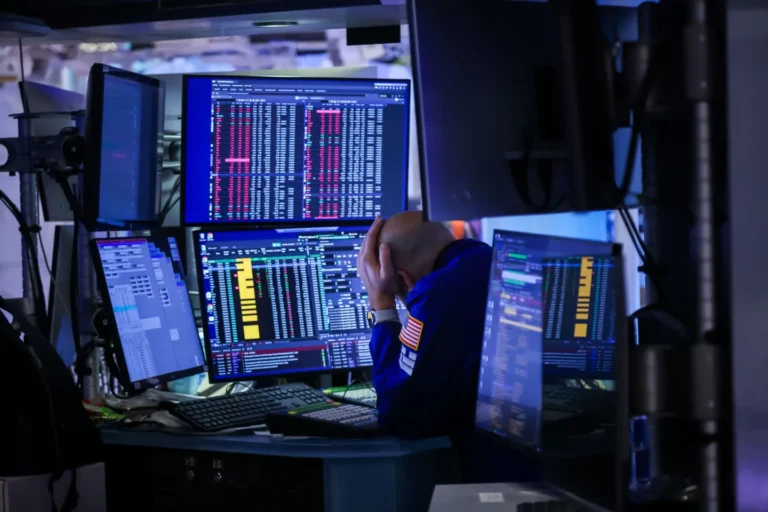Tech investors are feeling a wave of anxiety as the AI market faces what analysts are calling a “mini panic moment.” Despite the excitement around artificial intelligence, some tech valuations are soaring to unprecedented levels, causing jitters among investors.
This week’s tech pullback followed a rough start for companies like Palantir (PLTR) and Nvidia (NVDA), combining concerns over revenue forecasts, perceived overconfidence from AI companies, and high-profile bets against the sector. Notably, investor Michael Burry has recently bet against some AI stocks, fueling fears of a potential bubble.
Wedbush analyst Dan Ives described the situation as a “white-knuckle moment” for investors. But he also called it short-lived and urged caution against overreacting. “We view this as a short-lived mini panic moment for tech stocks,” Ives said. “Tech stocks are likely to rally as investors continue to play the AI Revolution and its downstream effects on consumer and enterprise markets.”
Despite concerns, some analysts argue that the rush of money into AI is rational rather than reckless. This approach, sometimes called a “rational bubble,” reflects investors placing multiple bets in hopes that a few winners will deliver massive returns.
For example, Ives estimates that for every $1 spent on Nvidia, $8 to $10 will be generated through downstream AI products and services. With Nvidia’s earnings report approaching, he sees the company as a key validation point for the broader AI sector.
Palantir CEO Alex Karp also defended the AI sector this week, criticizing analysts who caution against investing in high-value tech stocks. Speaking at Yahoo Finance’s annual Invest conference, Karp said, “Do you know how much money you’ve robbed of people with your views on Palantir?” His comments highlighted the strong retail interest in the company, despite concerns about valuation.
Executives continue to highlight the massive potential of AI-related markets. AMD CEO Lisa Su said the global data center market could reach $1 trillion by 2030. While some view these projections as ambitious, the remarks contributed to renewed confidence among tech investors, sending AMD shares up 5% shortly after her comments.
The overall picture suggests that while short-term volatility is inevitable, the long-term potential of AI remains attractive. Analysts emphasize that the first wave of AI deployment, centered on companies like Nvidia and major tech platforms, will likely be followed by several derivative waves creating further opportunities.
The “mini panic” reflects a natural tension in the AI market: soaring valuations versus the uncertainty of unproven technologies. FOMO (fear of missing out) trading amplifies market swings, making tech’s forward march appear both triumphant and fragile.
Yet many investors are willing to accept short-term risks in pursuit of the long-term payoff. The market’s approach resembles venture capital strategies, where multiple high-risk investments are made, with the hope that a handful of successes will outweigh losses.
Analysts like Ives suggest that current volatility should not deter long-term investment. The underlying technologies, he argues, will continue to drive growth across both consumer and enterprise applications, eventually validating today’s high valuations.
The AI market’s “mini panic” may be unsettling, but industry experts say it is not a sign of a crash. With strong earnings on the horizon for leading AI companies and significant downstream opportunities, investors remain confident in the sector’s long-term growth.
As the market balances extraordinary valuations with potential risks, AI bulls are betting that the payoff will justify the current turbulence.







